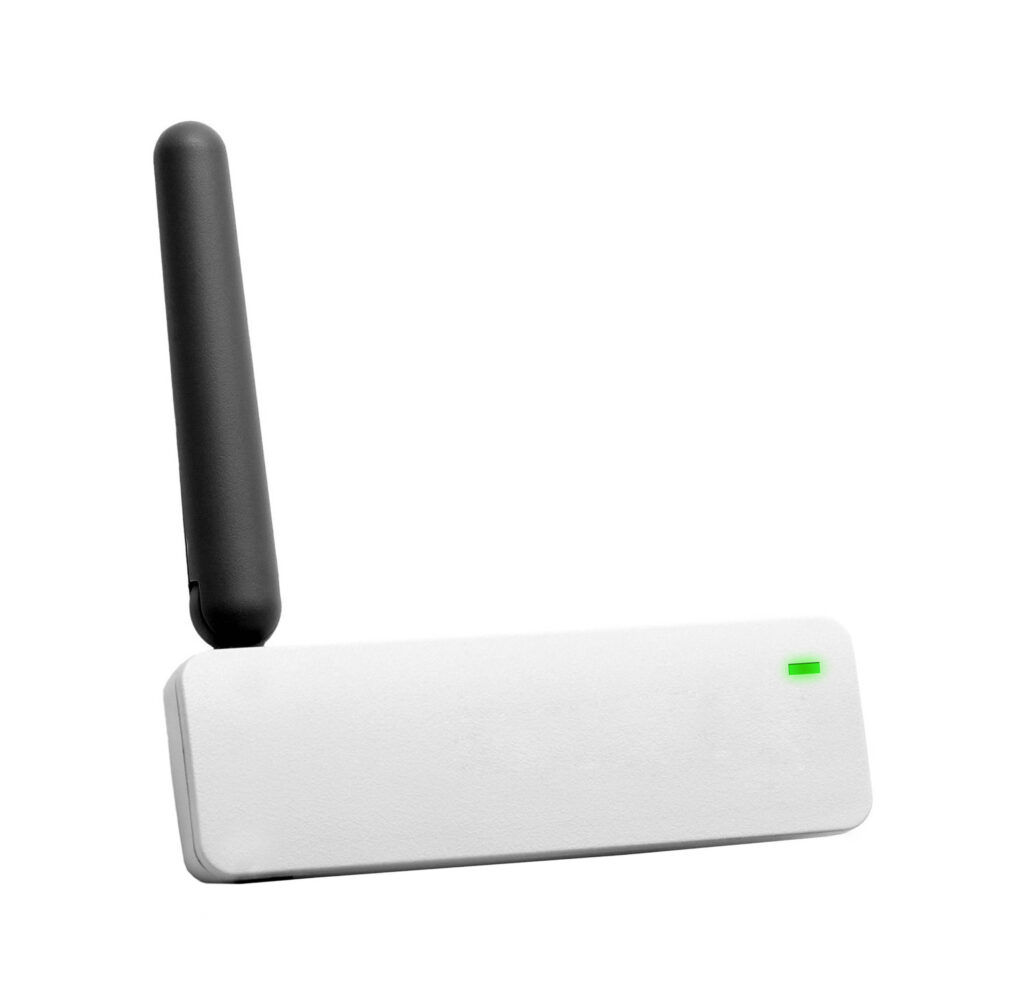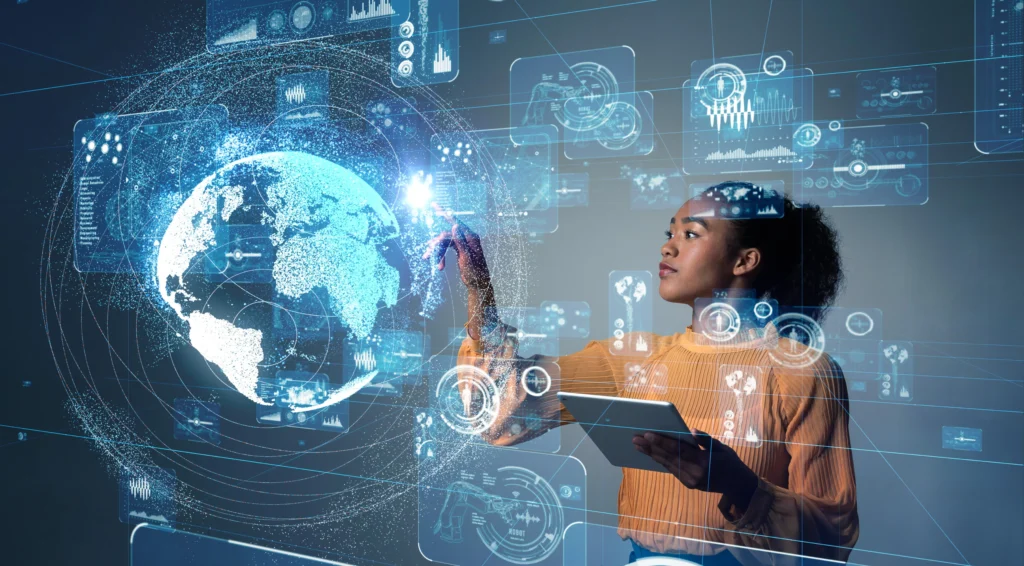The Future of IT: What the Industry Will Look Like in 2025

Introduction: A Glimpse into the Future of IT Industry 2025
The Future of IT industry 2025 will be marked by groundbreaking advancements in technology that will revolutionize the way businesses operate, how we interact with technology, and how industries innovate. From artificial intelligence (AI) and cloud computing to cybersecurity and quantum computing, the IT sector is rapidly evolving. By 2025, we expect to see a profound transformation in areas like data management, automation, and IT infrastructure, driven by these emerging technologies.
This article will dive into the key trends shaping the future of the IT industry and explore how they will change the digital landscape.
1. Artificial Intelligence and Machine Learning Driving Innovation
AI’s Role in the Future of IT
AI and machine learning are set to become the cornerstones of the Future of IT industry 2025. These technologies are already powering automation in various industries, improving decision-making, and optimizing business processes. By 2025, AI will play a bigger role in fields like healthcare, finance, and manufacturing, with predictive analytics and natural language processing (NLP) leading the charge.
AI-driven solutions will help businesses analyze vast amounts of data quickly, personalize customer experiences, and automate routine tasks. The ability to use AI for real-time decision-making will also unlock new opportunities for efficiency and productivity, positioning AI as a critical asset in business transformation.
According to a report by Forbes, companies investing in AI could see productivity improvements by up to 40% by 2025.
2. Cloud Computing Expands IT Infrastructure Flexibility
Cloud Adoption Will Continue to Soar
Cloud computing is already an essential part of the IT industry, but its impact will only grow in the coming years. As organizations continue their digital transformation, cloud-based services like Infrastructure as a Service (IaaS), Platform as a Service (PaaS), and Software as a Service (SaaS) will dominate the tech landscape.
By 2025, multi-cloud environments and hybrid cloud solutions will be the norm, allowing businesses to optimize their IT infrastructure for scalability and flexibility. These solutions provide organizations with the ability to manage workloads more efficiently, reduce IT costs, and ensure high availability and disaster recovery.
Additionally, edge computing will work hand-in-hand with cloud services to minimize latency, improve data processing speed, and support IoT (Internet of Things) ecosystems.
3. Cybersecurity: A Critical Component of IT’s Future
Securing Digital Transformation
As digital transformation accelerates, the need for robust cybersecurity measures will become more pressing. The Future of IT industry 2025 will see a rise in sophisticated cyberattacks, making cybersecurity one of the highest priorities for businesses and governments alike. Advanced threats like ransomware, phishing, and data breaches will require proactive security strategies, emphasizing the importance of endpoint protection, network security, and data encryption.
AI and machine learning will also contribute to the evolution of cybersecurity. Predictive analytics can be used to identify potential threats before they happen, while automation will streamline threat detection and response processes. Zero-trust security models will become a standard framework for protecting networks, devices, and applications.
4. Quantum Computing: A Game Changer for IT
Quantum Computing’s Potential Impact
By 2025, quantum computing will have moved from the research lab to more practical applications. While it’s still in its early stages, quantum computing has the potential to solve problems that classical computers simply can’t handle. This technology could transform industries like cryptography, pharmaceutical development, and material science.
Quantum computers will be able to process complex calculations at unprecedented speeds, making it possible to model real-world systems with a level of accuracy that was previously unattainable. Although widespread commercial adoption of quantum computing may not happen by 2025, significant advancements will likely be seen in sectors where high-performance computing is essential.
5. Automation and Robotics Transforming Business Operations
RPA and Beyond: The Automation Revolution
Robotic Process Automation (RPA) and intelligent automation will be key drivers in the Future of IT industry in 2025. As businesses look to streamline operations and reduce manual workloads, automation technologies will become indispensable tools for optimizing business processes.
Automation will extend beyond repetitive tasks and include more complex decision-making processes. With the integration of AI, intelligent automation will enable systems to make data-driven decisions, execute tasks faster, and enhance operational efficiency.
Industries like manufacturing, logistics, and retail will especially benefit from robotics and automation, leading to a significant reduction in costs while improving accuracy and productivity.
Read More Articles Like This: Click Here!
Conclusion: What to Expect from the Future of IT Industry 2025
The Future of the IT industry in 2025 will be driven by rapid advancements in artificial intelligence, cloud computing, cybersecurity, quantum computing, and automation. These emerging technologies will reshape the way businesses operate, creating new opportunities for growth and innovation.
Companies that embrace these trends early will gain a competitive edge, while those that fail to adapt may struggle to keep up with the pace of digital transformation. The IT industry is set for a period of remarkable change, with cutting-edge innovations poised to redefine the technology landscape as we know it.
As we look toward 2025, the future of IT promises to be more interconnected, automated, and intelligent than ever before.


























































































